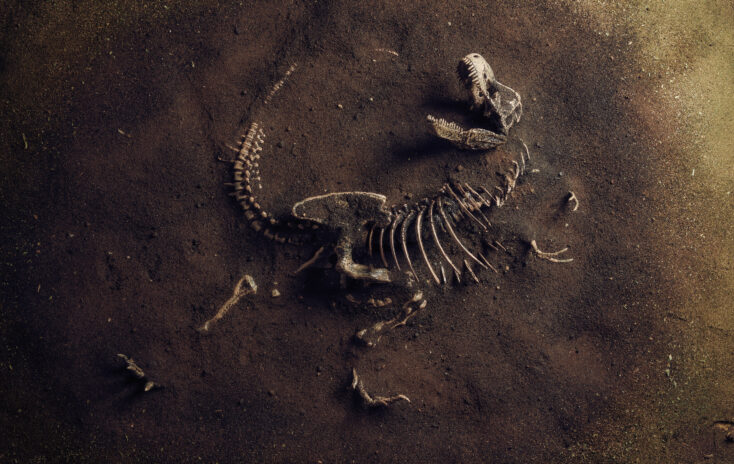Don’t Flinch Over the Finches
A new study of Charles Darwin’s famed finches on one of the Galapagos Islands appears at first glance to be a triumph for evolution. Biologists Peter and Rosemary Grant report in the July 14 issue of Science that survival competition between two species of finches has led to a smaller beak size in one of the birds. Medium ground finches (Geospiza fortis, or GFs) on the tiny island Daphne Major have for ages feasted mainly on small seeds. However, some of the birds belonging to this species were born with larger beaks that allowed them to consume heftier seeds from another plant. In 1982 a group of large ground finches (Geospiza magnirostris, or GMs) decided to join the party. The GMs, with their bigger beaks, immediately competed with the hefty-beaked GFs for those larger seeds. But there was enough food to go around, so both species coexisted peacefully for more than 20 years. In 2003 and 2004, however, a drought depleted the food supply and birds dropped like flies. The GMs hogged the big-seed supply and the larger-beaked GFs couldn’t keep up. The result: smaller-beaked GFs gained a survival advantage among their species and passed on their trait to the next generation and the next. This biological feature, called character displacement, has been anticipated by evolutionists but not seen until now, and that’s why it makes headlines. (Here’s one example.) Undiscerning readers will see “Evolution” and “Darwin’s Finches” and chalk up another victory for evolution. I consulted Fuz Rana here at RTB and he said, “Not so fast.” Microevolution, yes, but certainly not macroevolution, which is what most people have in mind when they encounter such news. The fact that a preferred beak size emerged rapidly within a species easily fits a creation model. It shows optimal design and ability to adapt, but it says nothing about a jump from one species to another. Resource: Jonathan Wells identifies Darwin’s finches as one of the icons in Icons of Evolution: Science or Myth?.





